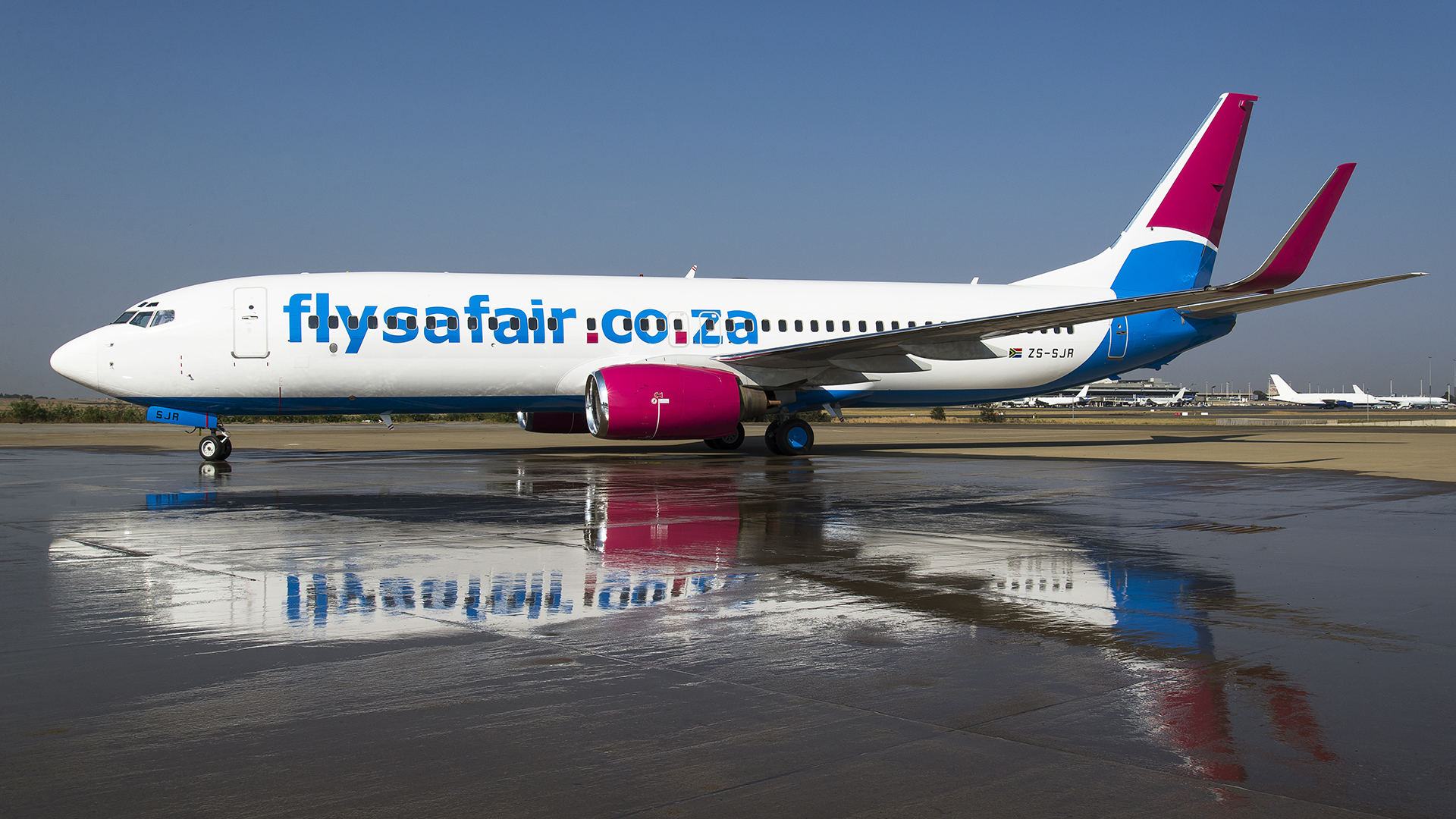FlySafair is a new entrant on the Harare – Joburg Route, one of the more popular routes in Zimbabwe. What they have done is try and undercut the market with aggressive pricing for their tickets. In essence, the cost of flying the Harare – Joburg Route is close to the cost of the same route by bus.
The numbers
According to OAG, the Harare – Johannesburg route is the second most popular route behind Harare – London. In 2022 there were 28,915 flights from Harare to Johannesburg which amounts to 79 flights a day. In the past 5 years, South African Airways (SAA) has the largest market share on the Harare – Johannesburg route, followed by Air Zimbabwe.
FlySafair is promising one-way tickets for R1,200 (US$65) or return tickets for R2,400 (US$105) with the competition averaging at least double that. Over the past 5 years, the average price for airline tickets for the Harare – Joburg route has been steadily rising from the lowest point of around US$450 in 2019, a price brought down due to COVID travel restrictions, all the way to about US$560 in 2023, an increase of over US$100.
| Air Zimbabwe | South African Airways | Fastjet | Airlink | FlySafair | |
| Hre – JHB (one way) | $230 | $162.50 | $160 | $156 | $105 |
| Hre – JHB (round trip) | $385 | $322 | $293.42 | $242.40 | $157 |
| Baggage allowance | 23kg | 30kg | 30kg | 30kg | 20kg |
| Excess baggage cost | $5/kg | $45/bag | $10/kg | $6/kg | $13/bag |
Looking at the price comparisons above, FlySafair is offering the most affordable rates after all the necessary fees and taxes have been included. Some airlines like Fastejet will advertise their fare for the trip at $130 but with an asterisk and the caveat being it is just the airfare excluding other mandatory fees and taxes. Once those are added, it’s right in the mix with the rest of the existing airlines.
The economics of an airline
FlySafair was one of the budget airlines already operating in South Africa’s domestic market. They were in direct competition with the likes of Comair, Mango, and Kulula.com, both of which have since stopped operating. So in a way, FlySafair mopped up a few of that client base in South Africa and is now looking to service other more popular regions with the aim of sacrificing margins for volumes.
The basic economics of an airline can be summarized as follows:
Revenue: Airlines generate revenue from ticket sales, cargo shipments, and ancillary fees (e.g., baggage fees, seat selection fees, priority boarding fees).
Expenses: Airlines have a number of expenses, including:
- Fuel: Fuel is the largest expense for most airlines.
- Aircraft: Airlines need to purchase or lease aircraft, and they also need to pay for maintenance and repairs.
- Labor: Airlines employ pilots, flight attendants, and other staff.
- Ground operations: Airlines need to pay for airport fees, baggage handling, and other ground operations costs.
- Other expenses: Airlines also have a number of other expenses, such as marketing and advertising costs.
So looking at these numbers, a budget airline can only make it make sense if it sells plenty of tickets which it hopes to achieve with its aggressive pricing structure. Not only is it aiming to steal fliers from existing and more expensive airlines, but it is also gunning for bus travelers of the same route who used to ride Luxury buses like Greyhound. Such buses have since stopped operations making a strong case for such travelers to move to the cheapest airlines. It takes 1hr 40 minutes to travel the route by plane and close to 20 hours by bus. What is the value of your time?
Could they jump onto domestic routes in Zim?
Seeing Safair has the most desirable fares for the Harare – Joburg route, one would think successes there could push them into also servicing Zimbabwe’s domestic routes. One big factor against this is that domestic travel in Zimbabwe does not provide the sort of volumes that would make economic sense for a new player. On average, the Harare – Victoria Falls route, one that has the most traffic in Zimbabwe, has on average around 1 flight per day.
Another factor against this prospect is how much cheaper it is to travel by bus locally. A return air ticket from Harare to Bulawayo costs $285 (Air Zimbabwe) and $237 (Fastjet) compared to $30 (City Link bus) and $25 (Eagleliner bus). The differences here are far too great for the average bus traveler to consider flying.
Where they could capitalize on are some annual events that drive a lot of demand for flights. The ZITF held in Bulawayo is often times an event where existing airlines struggle with demand. Adding flights just for an event like this one can be a way in which FlySafair can break into the domestic air travel market in Zimbabwe.








